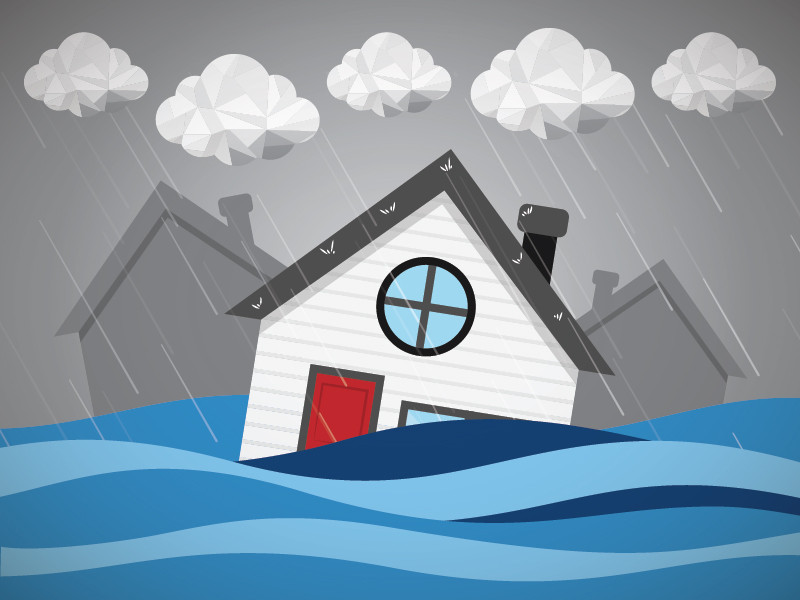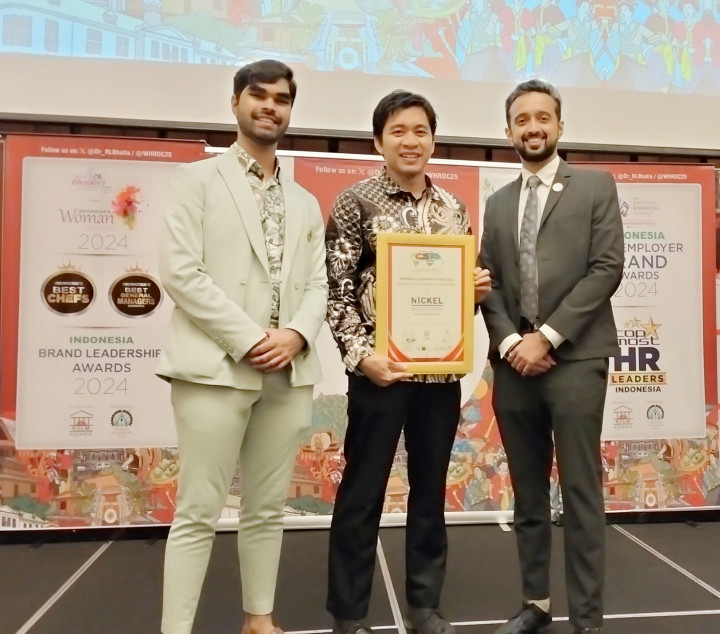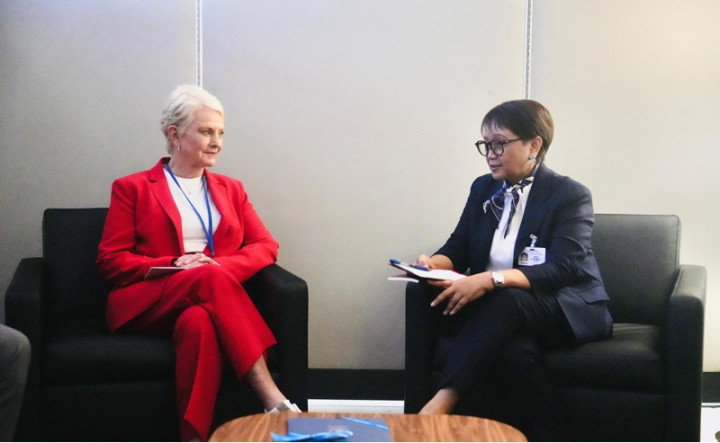With 50 percent of its 111 million population living in urban areas, and many cities in coastal areas, the Philippines is vulnerable to sea level rise.
Changes due to the variability and intensity of rainfall in the country and increased temperatures will affect food security and the safety of the population.
Multiple indices rank the Philippines as one of the countries most affected by extreme climate events.
The country has experienced highly destructive typhoons almost annually for the past 10 years.
Annual losses from typhoons have been estimated at 1.2 percent of GDP.
"Climate impacts threaten to significantly lower the country’s GDP and the well-being of Filipinos by 2040. However, policy actions and investments – principally to protect valuable infrastructure from typhoons and to make agriculture more resilient through climate-smart measures -- could reduce these negative climate impacts by two-thirds," said World Bank Vice President for East Asia and Pacific, Manuela V. Ferro in a media release on Wednesday.
The report undertakes an in-depth analysis of challenges and opportunities for climate-related actions in agriculture, water, energy, and transport. Among the recommendations are:
- Avoiding new construction in flood-prone areas.
- Improving water storage to reduce the risk of damaging floods and droughts. This will also increase water availability.
- Extending irrigation in rainfed areas and promoting climate-smart agriculture practices such as Alternate Wetting and Drying (AWD).
- Making social protection programs adaptive and scalable to respond to climate shocks.
- Removing obstacles that private actors face in scaling investments in renewable energy.
- Ensuring new buildings are energy efficient and climate resilient.
Cek Berita dan Artikel yang lain di Google News



















